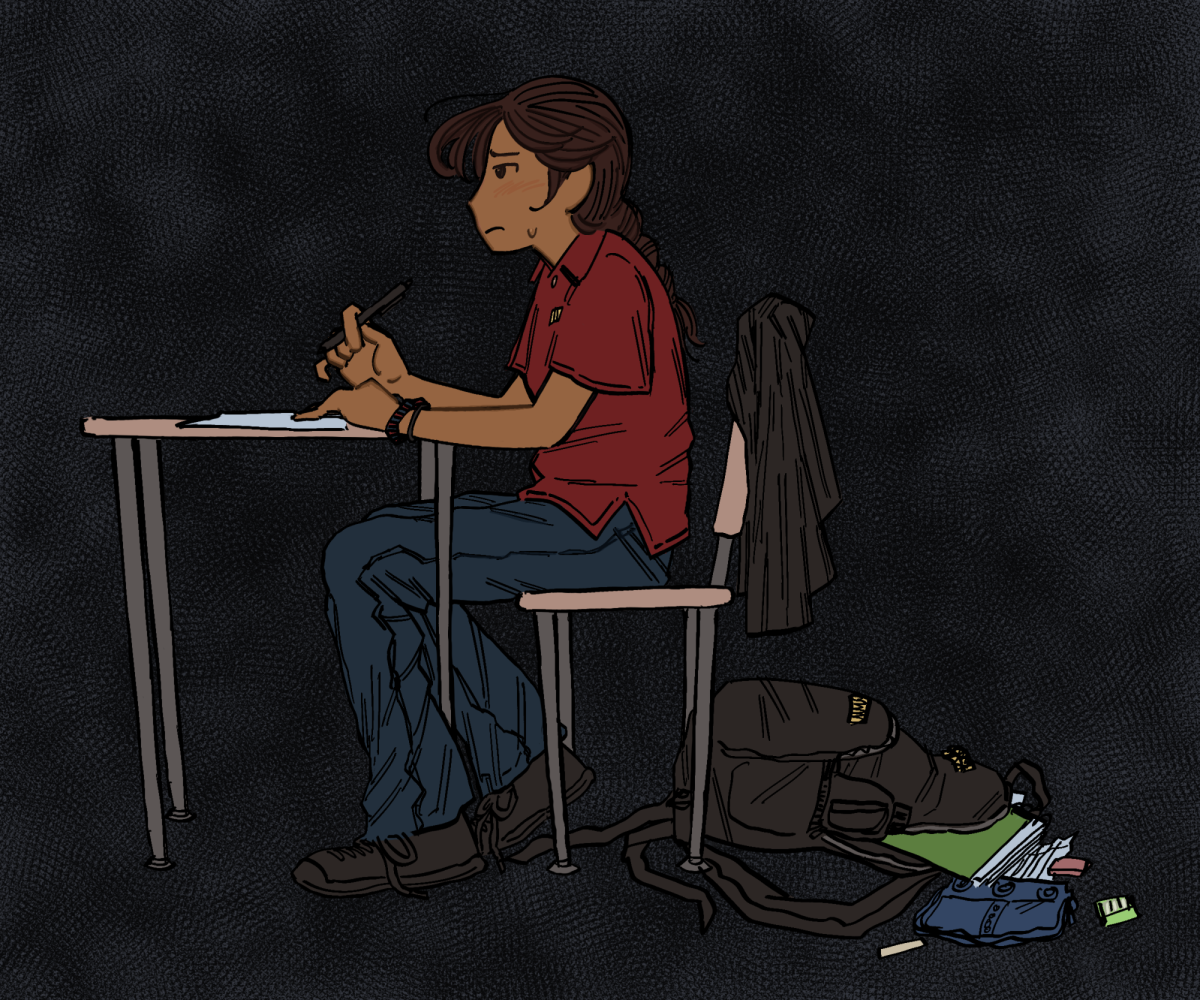As a result of the COVID-19 pandemic, state budgets for education have decreased as public school’s coffers are shrinking, according to Education Weekly. Schools now have less money to put towards improving the education of their students.
In the midst of all this destruction, the charter school industry thrives. Charter schools are government subsidized schools that operate as nonprofit organizations aiming to decrease the achievement gap between students of different races or class standings. That mission sounds well and good until you look at the true optics of attending and funding a charter school.
State governments have been handing out more charter school vouchers over the past 16 years. A voucher allows students to pay for their school tuition by taking the tax dollars that would otherwise go to public school education and sending it to their charter school of choice. Often, these vouchers don’t cover the full tuition of a charter school.
Charter schools don’t have to abide by many government regulations, including those protecting people from discrimination in admissions. This lax restriction allows charter schools to be biased in admissions. Charter schools “can — and do — discriminate in admissions on the basis of gender, religion, sexual orientation, ability, behavioral history, prior academic achievement, standardized test scores, interviews with applicants and parents, and income,” according to the National Education Association.
This form of admissions often categorizes students into stringent categories, completely missing the unique elements of each student and the complexity of intelligence. One of the main selling points of charter schools is that they accommodate every child’s needs, but their discriminatory admissions prevent those who truly need accommodations.
If a student can both get into and pay the tuition of the charter school, the benefits may be minimal. Data from the Future of Children initiative found that almost half of charters performed no differently than traditional public schools with only 17% of schools outperforming public schools.
Leniency in curriculum at charter schools can cause students to fall behind educational standards and overall get a worse education than in public school. What’s worse is the low standards for teacher certification, with most states requiring just a basic teacher certification, and eight states foregoing that basic regulation for charter teachers according to the Education Commission of the States.
Many charter schools argue that creating a “competitive marketplace” for education makes public schools improve. This idea is factually incorrect. The public school system is solely funded by tax revenue. This makes the nature of public schooling vary from district to district, as a student’s financial backing to their education is limited by a tax code. Charter schools rip funding from public schools, eliminating some possibilities for improvement. A school can’t be competitive without the funds to back it up.
Charter schools eliminate all competition in pursuit of profit over equity, aiming to monopolize the school system, which changes education from a right to a privilege.




